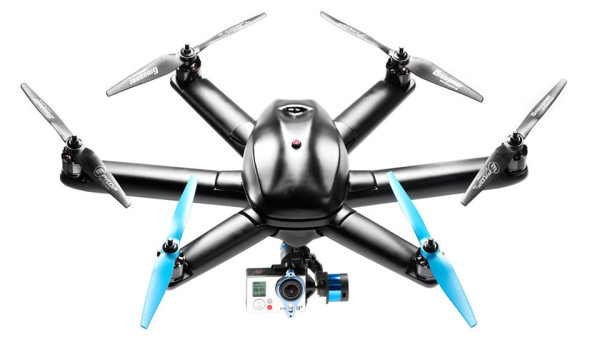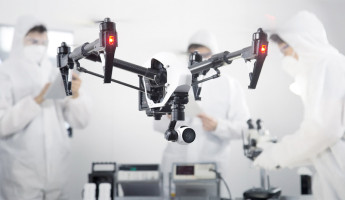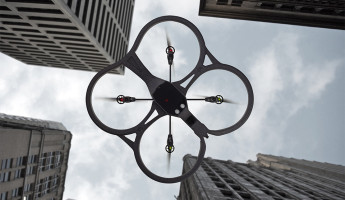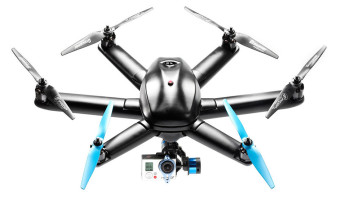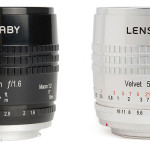If you launched a video drone in 2014, there’s a good chance you did so in a legal gray area. It reflects a battle between bureaucracy and technology, where legal lines become obsolete the moment they’re written in ink. This lack of legal definition for commercial drone usage may change in 2015, with a decision by the FAA coming by the end of January. In a matter of days, we as creatives, technophiles or aircraft hobbyists may finally have a clear path forward for the use of video drones in the United States.
To date, commercial drone aircraft have been banned from use save for a few exemptions provided by the FAA. This month, the FAA is expected to present new restrictions on commercial drone usage that will ultimately replace the drone ban. These rules will go before the House Transportation and Infrastructure Committee for a formal vote that is expected to be held by September 30th, 2015 (a limit Congress issued for the FAA). In short, new rules could arrive in a matter of days, and they could go into effect by Fall 2015. This is great news for videographers, photographers, cartographers and other creative professionals who wish to use drone aircraft for more than just personal videos. The US congress’ video drone ruling of 2015 will present a legal path forward for drone videography.
The FAA’s rules are still mostly rumor, but there is consensus among those following the process about what these rules will entail. From the Associated Press:
View in galleryThe FAA is expected to propose restricting drones weighing less than 55 pounds to altitudes below 400 feet, forbid nighttime flights and require drones be kept within sight of their operators. Drone operators may also be required to get pilot’s licenses, a possibility already drawing fire from critics who say the skills needed to fly a manned aircraft are different from those needed to operate a drone.
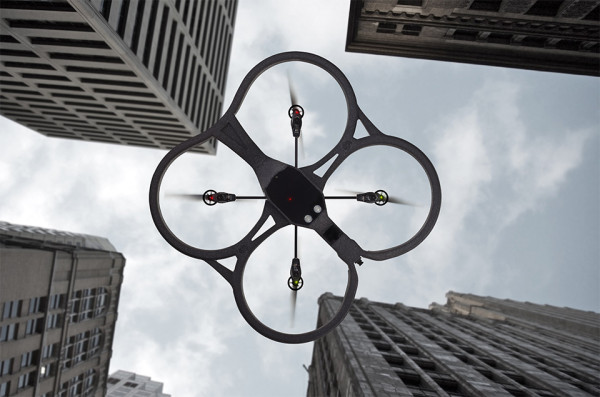
The 55-pound limit and 400-foot operating ceiling are likely a future-proof limit to allow the drone industry to evolve. As it stands now, most creative drones weight 20 pounds or less, with the most common drones from DJI and other companies weighing as little as three pounds. These compact video drones may be given a category of their own so they can avoid pilot licensing and other legal limitations:
“…Industry officials hope the agency might propose a blanket exemption from regulations for the smallest drones — usually defined as weighing under 5 pounds — as long as operators follow a few basic safety rules.”
This is especially pertinent for videographers and photographers, those who use small drones for creative applications. The cost and time investment for pilot licensing would push many imaging professionals out of the space, while increasing the cost of drone video services for consumers. Such a blanket exemption for small drones would suit the creative industry and allow wedding videographers, architectural photographers and other creative professionals to operate without heavy restrictions.
Here at TheCoolist, we’ve covered the video drone market from its early days, and have even used drone footage in our documentary video productions. Suffice it to say that we and our creative partners have paid close attention the legal developments and we hope to see new creative freedom in 2015. The chance to bring a perspective from the sky to film and photography is a great opportunity for creative. It’s our hope they won’t continue to be grounded by the FAA as they have for three years and counting.
Read More: The DJI Inspire One Video Drone is one of TheCoolist’s Top 7 Cameras of 2014
View in gallery